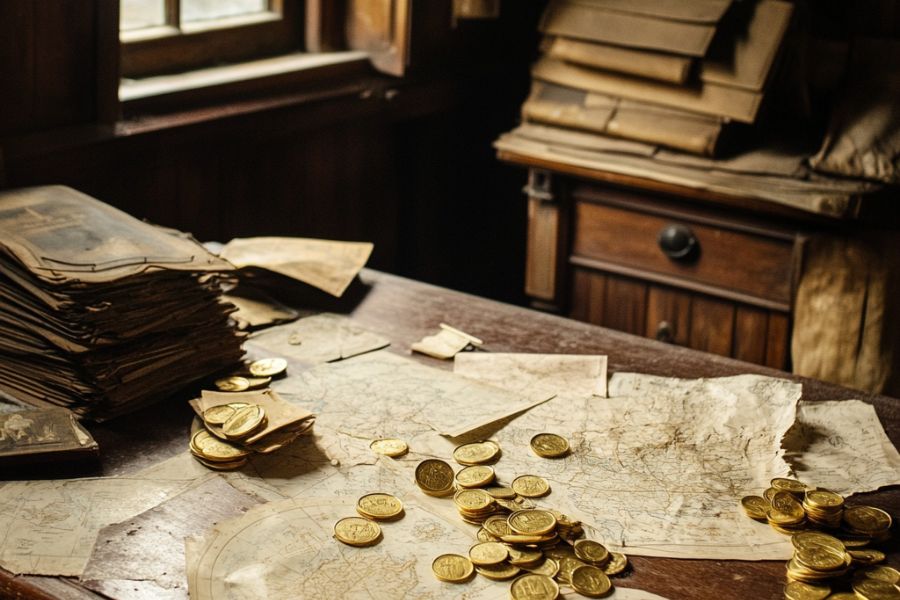Some of the most valuable treasures in U.S. history were discovered in the most unexpected places. Gold coins, lost shipwrecks, and hidden stashes have been uncovered by explorers, divers, and even regular people. These discoveries have changed lives and rewritten history.
From sunken Spanish galleons to outlaw gold, each treasure has an incredible story. Some were lost for centuries before someone finally found them. Others were hiding right in plain sight, just waiting to be discovered.
These treasures are worth millions, but their true value goes beyond money. They give us a glimpse into the past and remind us that history is full of surprises.
Each discovery tells a remarkable story of luck, determination, and the thrill of uncovering something extraordinary.
Amazing Treasures That Have Been Found In The United States
Here are some of the most incredible discoveries made across the United States:
Great Kentucky Hoard – $3,000,000+
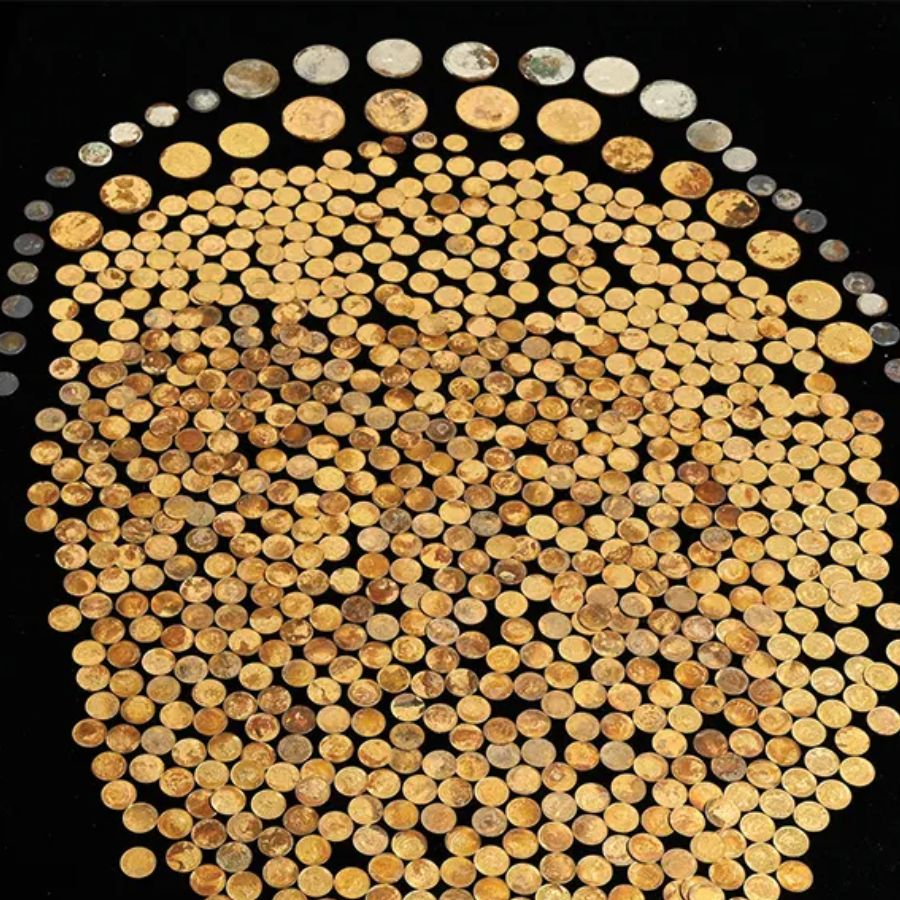
In 2023, an anonymous individual discovered over 700 Civil War-era gold coins buried in a Kentucky cornfield. The coins, dating from 1840 to 1863, include gold dollars, Liberty Head Eagles, and Double Eagles.
Numismatic Guaranty Company (NGC), revealed that many of the coins were in excellent condition. Some coins exhibited rare features, increasing their numismatic value.
This Great Kentucky Hoard has garnered significant attention from historians and collectors alike, shedding light on the economic history of the era. The coins have since been preserved and made available to collectors, ensuring that this piece of history is not lost to time.
How much the treasure would be worth today
The Great Kentucky Hoard, with coins from the mid-19th century, is estimated to be worth around $2–3 million today.
Byron Reed Collection – $7,900,00+

Byron Reed, a prominent real estate agent in Omaha during the late 19th century, was also an avid collector of rare coins, books, manuscripts, and other historical artifacts.
His passion for preserving history led him to amass a significant collection over several decades. Upon his death in 1891, Reed bequeathed his entire collection to the city of Omaha.
Today, the Byron Reed Collection is housed at the Durham Museum in Omaha, Nebraska. The collection includes an extensive array of coins, featuring one of the most complete compilations of U.S. coinage from colonial times through the 19th century.
Notable highlights include the rare 1804 silver dollar, often referred to as the “King of American Coins.” In addition to coins, the collection boasts a vast numismatic library, historical documents, and manuscripts, offering invaluable insights into the region’s history and beyond.
How much the treasure would be worth today
The collection has been appraised at approximately $7.9 million, reflecting its historical and monetary significance. Visitors to the Durham Museum can explore the “Treasures Cabinet,” which showcases some of the most prized items from Reed’s assemblage.
H.L. Hunley Submarine – $100,000,000+
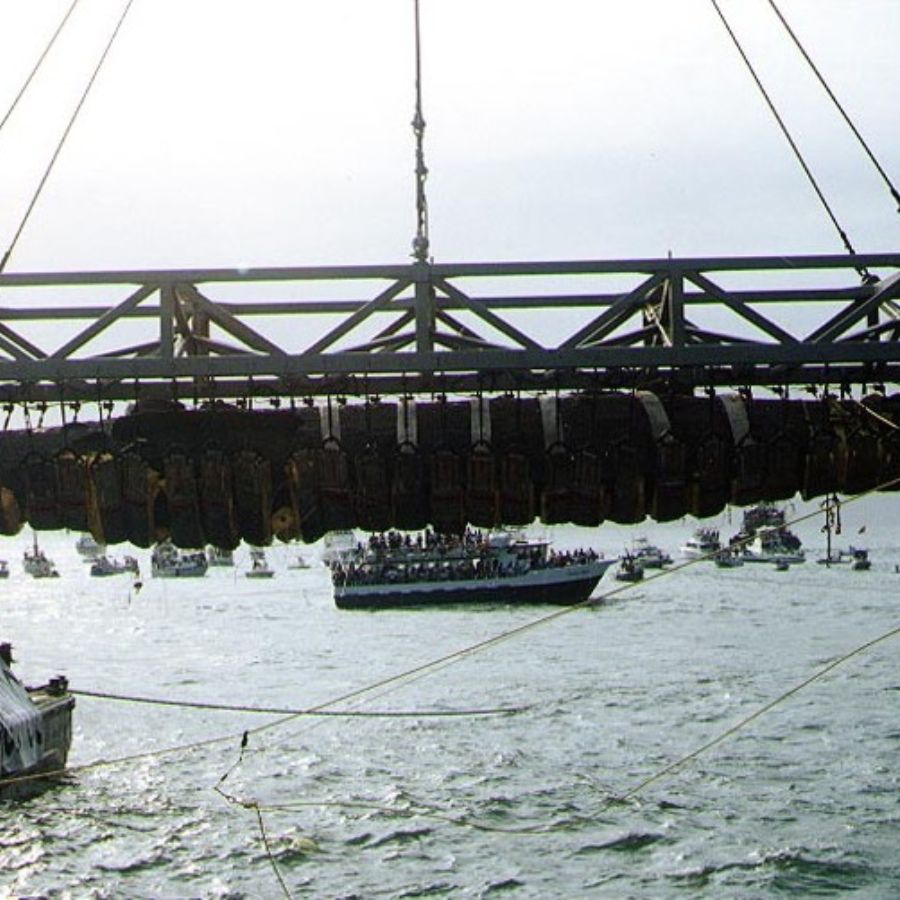
In 1970, underwater archaeologist E. Lee Spence reported the discovery of the H.L. Hunley, a Civil War-era submarine, off the coast of Charleston, South Carolina. The Hunley holds historical significance as the first combat submarine to successfully sink an enemy warship, the USS Housatonic, in 1864.
Despite its groundbreaking achievement, the submarine mysteriously sank shortly after its mission, leading to the loss of its crew and its location becoming a maritime mystery for over a century. Spence’s discovery reignited interest in Civil War naval history and underwater archaeology.
The submarine was recovered in 2000 and is currently housed at the Warren Lasch Conservation Center in North Charleston, where it undergoes preservation efforts.
Artifacts recovered from the submarine, including personal items of the crew, have offered a poignant connection to the sailors who served aboard.
How much the treasure would be worth today
The H.L. Hunley submarine, as a priceless historical artifact, holds immense cultural and educational value. But it can be valued at $50–100 million in terms of historical and scientific funding.
Saddle Ridge Hoard – $10,000,000+
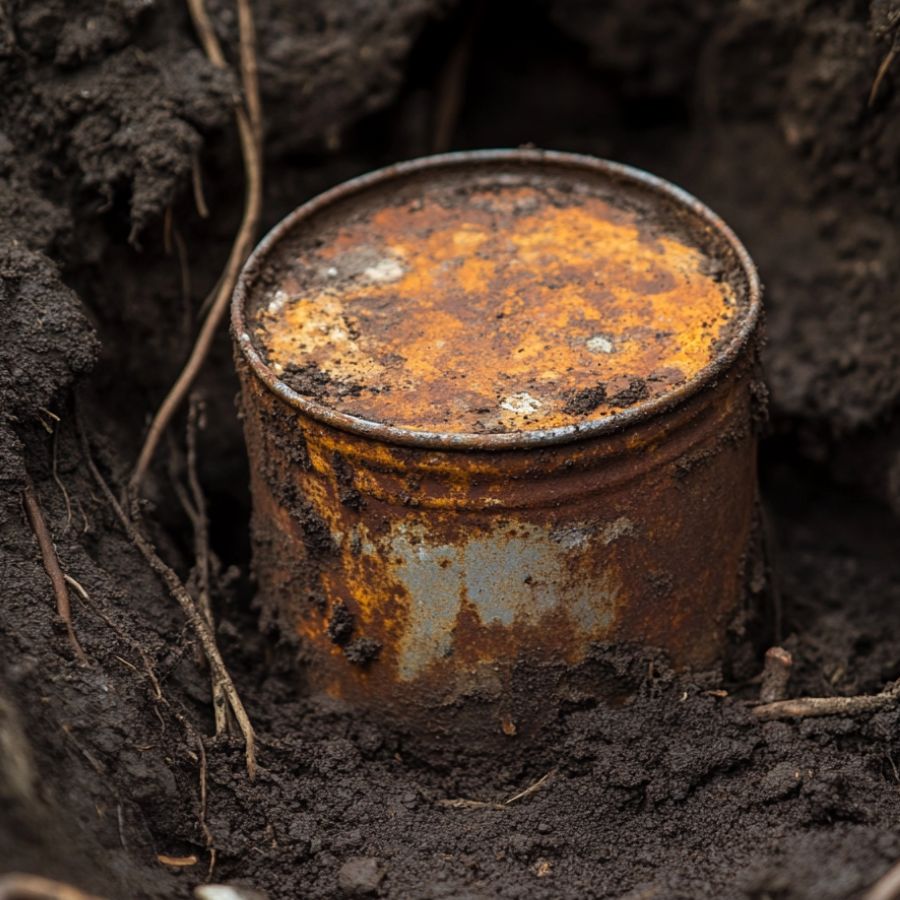
In February 2013, a couple from Northern California stumbled upon a hidden treasure while walking their dog on their property. They noticed a rusty canister poking out of the ground and decided to investigate. To their astonishment, the canister contained numerous gold coins.
Further digging revealed a total of eight cans, all filled with gold coins dating from 1847 to 1894. This remarkable find, known as the Saddle Ridge Hoard, comprises 1,427 coins.
The coins include $20 Double Eagles, $10 Eagles, and $5 Half Eagles, many of which are in uncirculated, mint condition. Some coins are so rare that individual pieces could be worth around a million each.
The discovery has sparked various theories about the origin of the hoard, including connections to historical thefts and buried treasure legends. Despite extensive research, the true origin of the coins remains a mystery. That couple has chosen to remain anonymous to protect their privacy and prevent treasure hunters from flocking to their property.
How much the treasure would be worth today
The Saddle Ridge Hoard would be worth approximately $10 million today.
Fenn Treasure – $1,300,000+
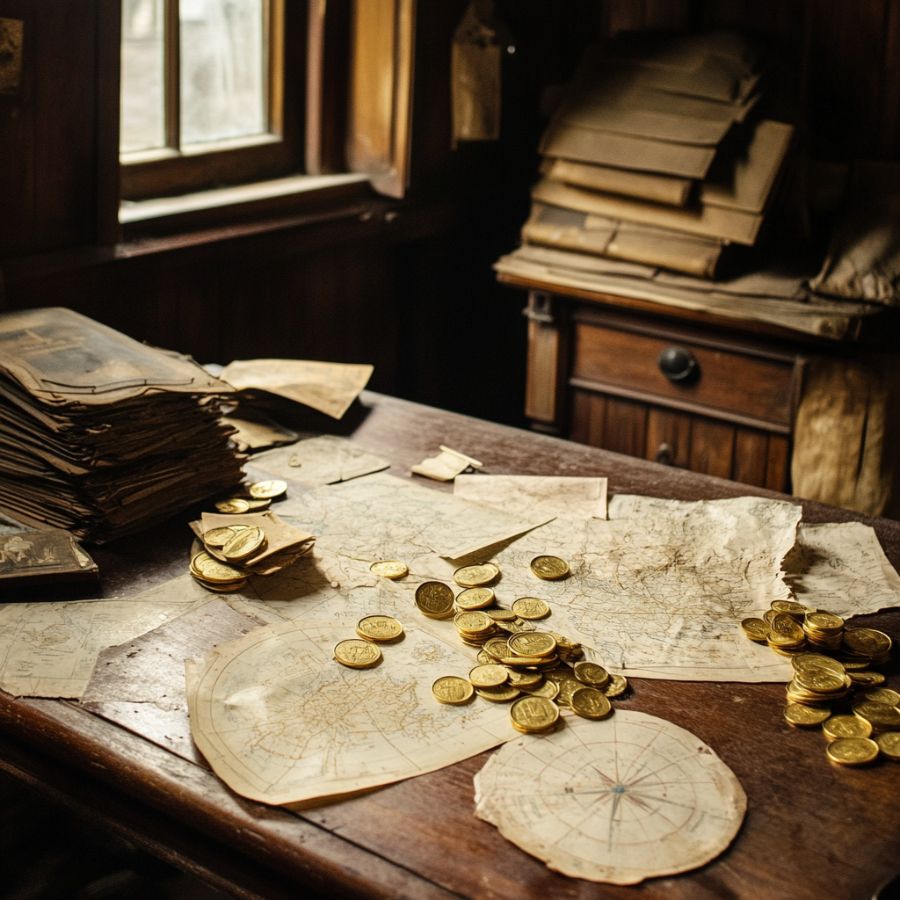
In 2010, art dealer and author Forrest Fenn announced that he had hidden a treasure chest filled with gold, jewels, and other valuables in the Rocky Mountains. Fenn’s intention was to create a public search for the treasure, encouraging people to explore nature and give hope to those affected by the Great Recession.
Over the next decade, thousands of treasure hunters scoured the Rocky Mountains in search of the elusive chest. The hunt attracted significant media attention and led to numerous discussions about the ethics and safety of such quests, especially after some searchers faced dangerous situations.
Fenn announced in 2020, that the treasure had been found by an anonymous individual in Wyoming. The finder later revealed himself as Jack Stuef, a former journalist and medical student.
The Fenn Treasure hunt has been both celebrated for inspiring adventure and criticized for the risks it posed to participants. It remains a notable example of a modern-day treasure hunt that captivated the imaginations of many.
How much the treasure would be worth today
The Fenn Treasure, discovered in 2020, was valued at approximately $1.3 million at the time of its discovery.
Shipwreck of the S.S. Central America – $200,000,000+
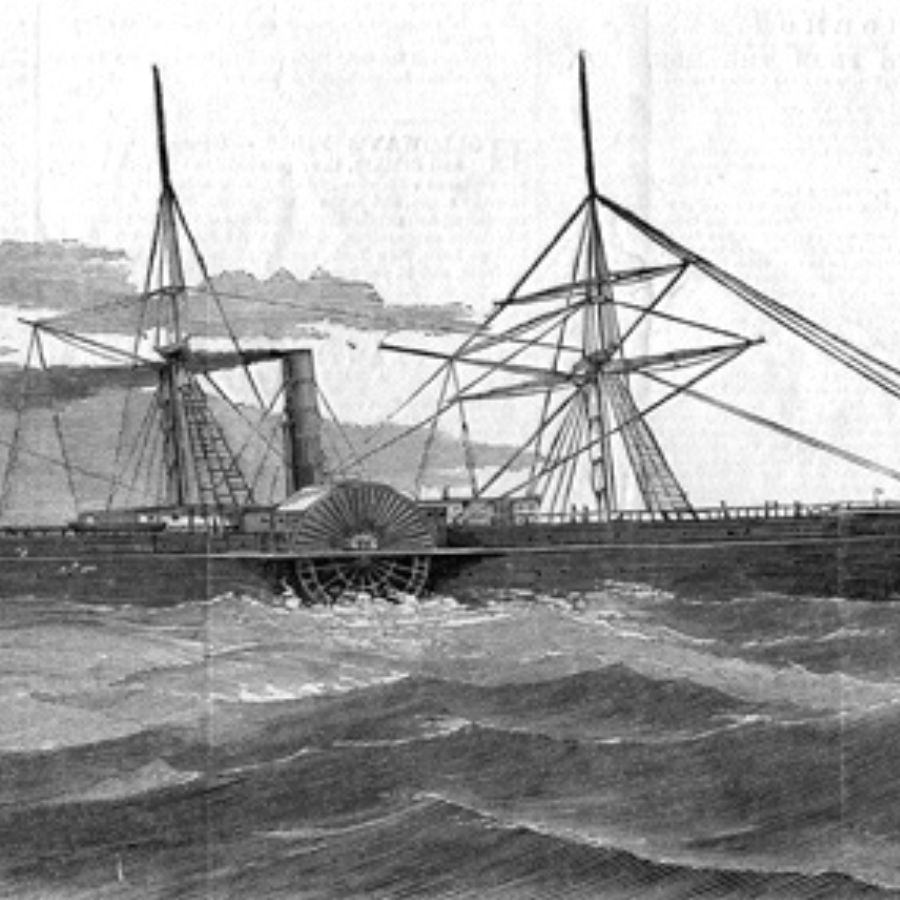
The S.S. Central America, often referred to as the “Ship of Gold,” was a sidewheel steamer that sank off the coast of South Carolina in 1857 during a hurricane. The ship was carrying approximately 30,000 pounds of gold, a significant cargo resulting from the California Gold Rush.
In 1988, the wreck was discovered by a team led by Tommy Thompson, who recovered a substantial amount of gold coins and bars from the site. The estimated value of the recovered treasure was around $100–150 million.
Artifacts and gold from the wreck have been displayed in museums and some have been sold at auctions.
How much the treasure would be worth today
The gold recovered from the S.S. Central America, initially valued between $100–150 million, would likely be worth more today due to the appreciation of gold prices, potentially exceeding $200 million.
Uncle Sam Diamond – $880,000+
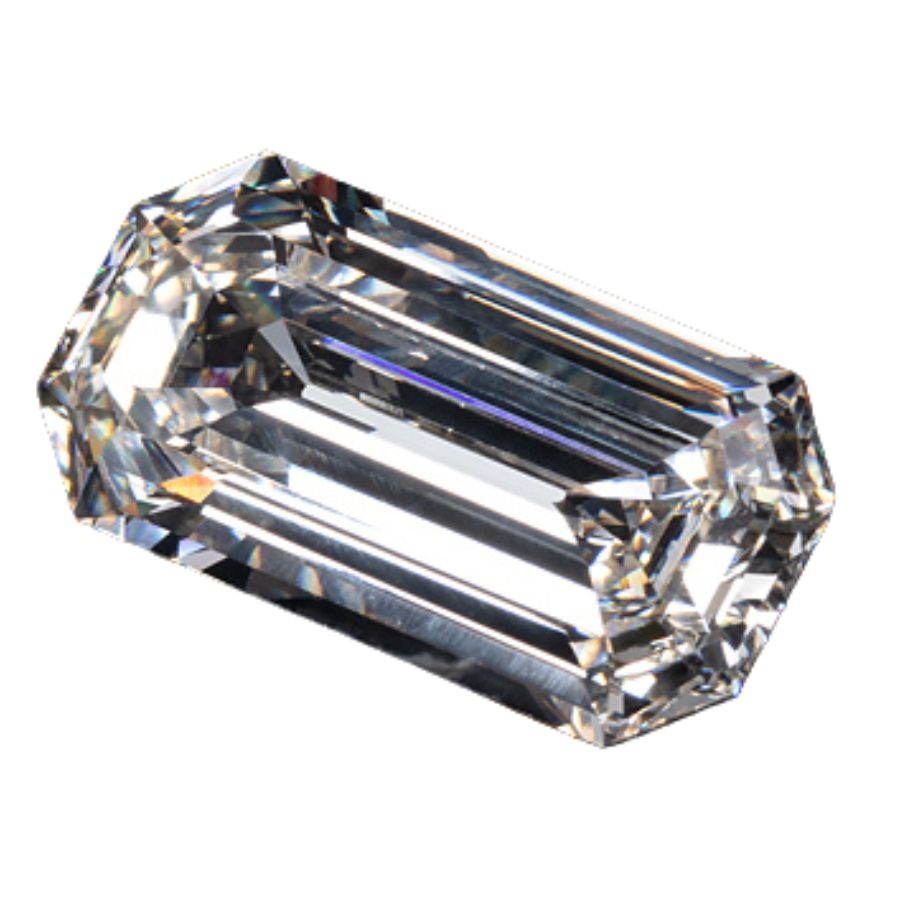
In 1924, a worker named Wesley Oley Basham discovered the largest diamond ever found in the United States at the Prairie Creek pipe mine in Murfreesboro, Arkansas. The rough diamond weighed 40.23 carats and was named the “Uncle Sam” after Basham’s nickname.
After being cut twice, the gem became a 12.42-carat emerald-cut diamond. The diamond was characterized as M on the color scale, indicating a faint yellow hue, though some described it as white or slightly pink.
In June 2022, Peter Buck donated the diamond to the Smithsonian Museum of Natural History, where it is displayed alongside the Canary Diamond, another notable gem from Arkansas. The discovery of the Uncle Sam diamond provided a significant boost to the Arkansas Diamond Corporation, which was facing financial difficulties at the time.
How much the treasure would be worth today
The Uncle Sam diamond, last sold for $150,000 in 1971, would be worth around $880,000 today.
Nuestra Señora de Atocha – $400,000,000+
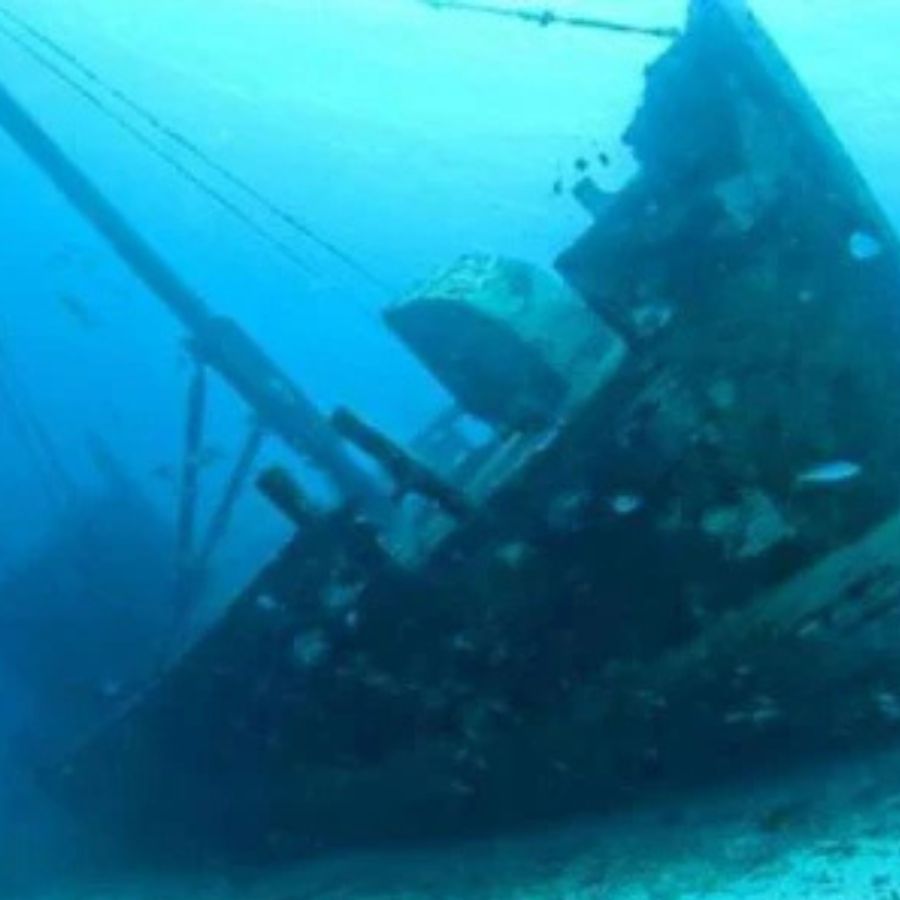
Nuestra Señora de Atocha was a Spanish treasure galleon that sank off the Florida Keys during a hurricane in 1622. The ship was heavily laden with copper, silver, gold, tobacco, gems, and indigo from Spanish ports in the New World, destined for Spain.
In 1985, American treasure hunter Mel Fisher and his team discovered the main hull of the Atocha, recovering a vast treasure trove. The find included gold and silver bars, coins, emeralds, and various artifacts.
This discovery is considered one of the most significant underwater treasure finds in history. The legal battle over the ownership of the treasure culminated in a U.S. Supreme Court decision granting Fisher and his team rights to the find.
Today, artifacts from the Atocha are displayed in museums, and some items have been sold to private collectors. The story of the Atocha continues to captivate those interested in maritime history and treasure hunting.
How much the treasure would be worth today
The treasure recovered from the Nuestra Señora de Atocha would be worth around $400 million today.
Queen Anne’s Revenge – $20,000,000+
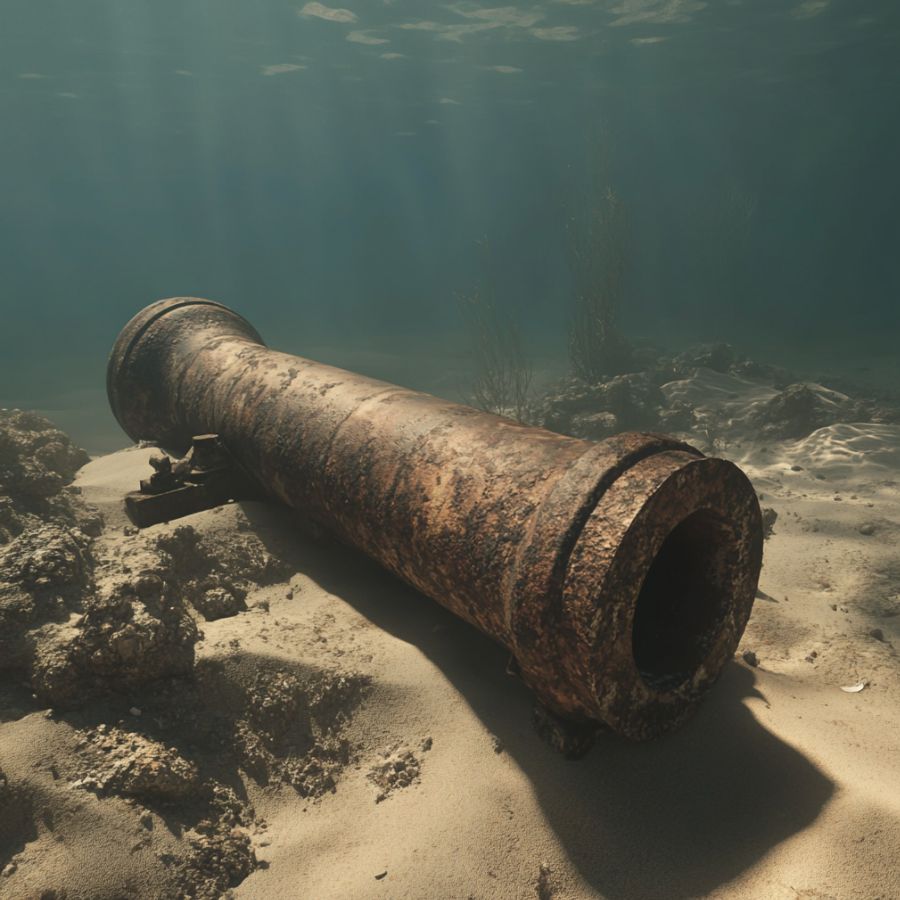
Queen Anne’s Revenge was the flagship of the infamous pirate Blackbeard, originally a French slave ship named La Concorde before its capture. In 1718, the ship ran aground near Beaufort Inlet, North Carolina, and was abandoned.
The wreck remained undiscovered until 1996, when a private salvage company located a cluster of cannons and anchors on the seabed near Beaufort Inlet. Artifacts recovered from the site include cannons, anchors, and various items related to 18th-century maritime life.
These findings have provided valuable insights into pirate life and naval practices of the era. The discovery has significantly contributed to the understanding of early 18th-century piracy and maritime history.
How much the treasure would be worth today
The artifacts recovered from the Queen Anne’s Revenge are considered highly valuable historical treasures, with an estimated worth of $10–20 million
Arlington Springs Man – $10,000,000+
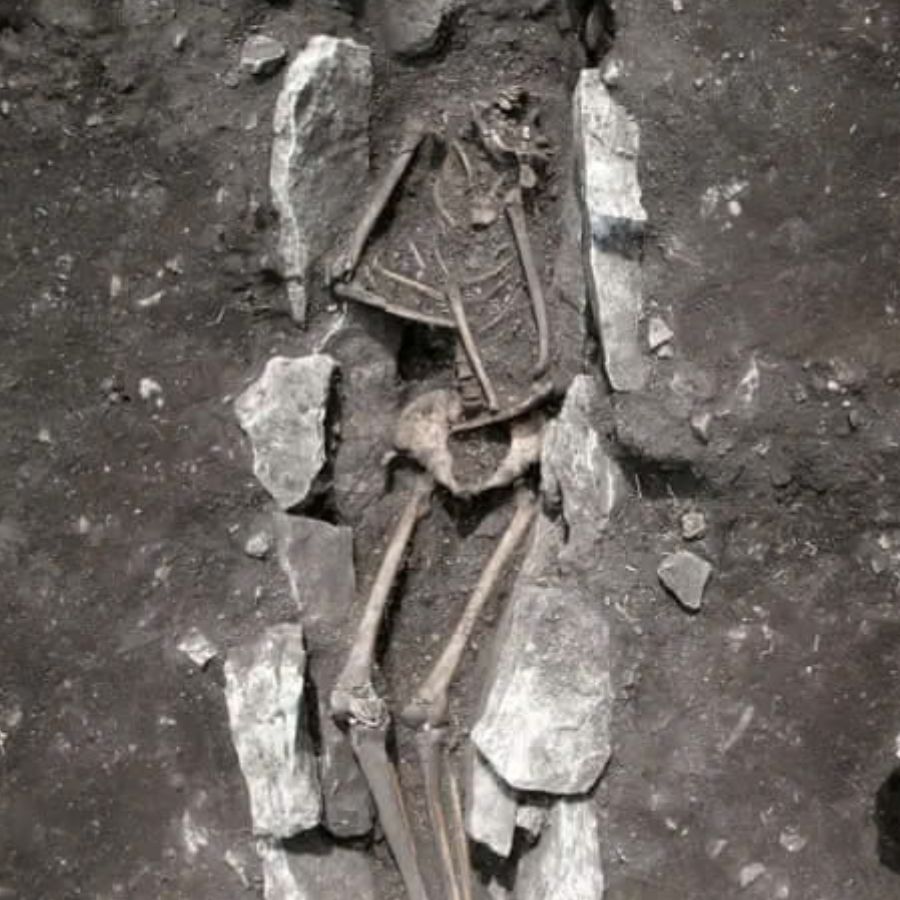
In 1959, archaeologist Phil C. Orr discovered ancient human remains on Santa Rosa Island, part of California’s Channel Islands.
The remains, initially believed to be male and dubbed “Arlington Springs Man,” were later determined to be those of a female, now referred to as “Arlington Springs Woman.”
Radiocarbon dating indicates that these remains are approximately 13,000 years old, making them among the oldest human remains found in North America.
How much the treasure would be worth today
The Arlington Springs Man remains, being an invaluable archaeological and scientific discovery, do not have a commercial value, but if assessed for research funding and museum exhibits, they could be estimated at $5–10 million in terms of historical and scientific worth.
Castine Hoard – $1,000,000+
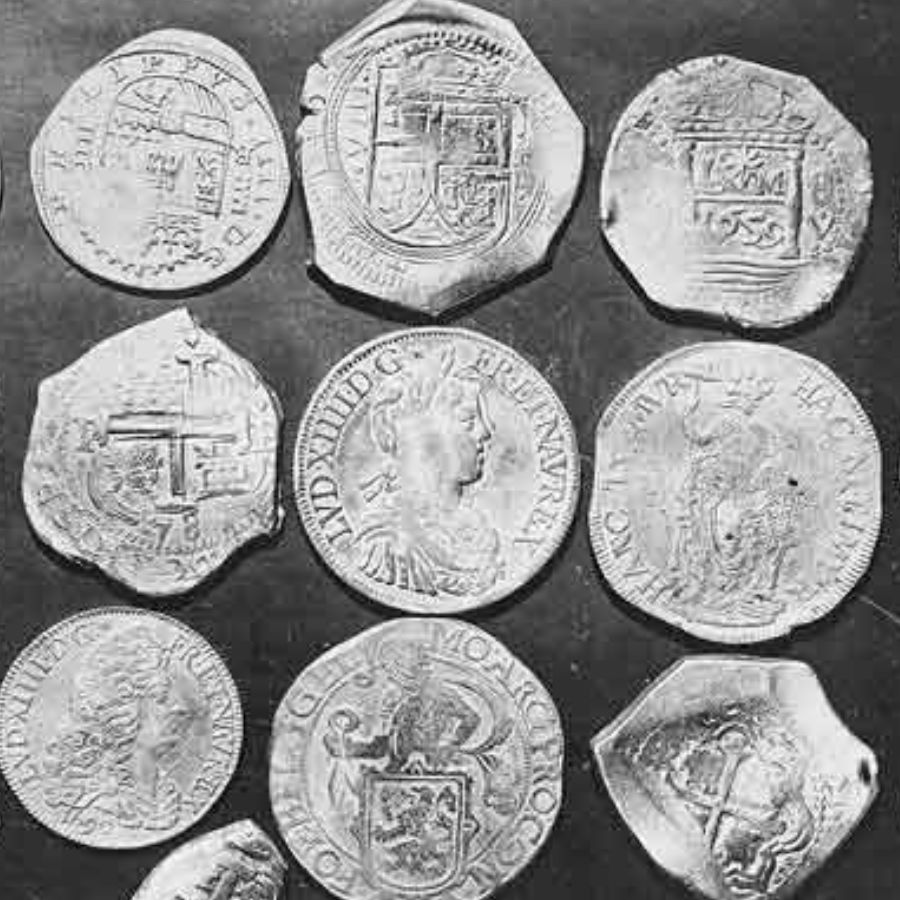
In the early 1840s, Captain Stephen Grindle and his son Samuel unearthed a remarkable collection of colonial-era coins on their farm near Castine, Maine. This discovery, known as the Castine Hoard, comprised between 500 and 2,000 coins dating from 1642 to 1688.
Historians believe the hoard may have belonged to Baron Jean-Vincent d’Abbadie de Saint-Castin, a French military officer who settled in the area and integrated with the local Indigenous population.
During a British raid in 1704, it’s speculated that his daughter buried the coins to prevent their capture, but she was apprehended before recovering them.
Over time, the coins from the hoard were dispersed, and their exact whereabouts are largely unknown today.
How much the treasure would be worth today
The Castine Hoard, with its collection of rare colonial-era coins, would be valued at approximately $500,000 to $1 million today.
Meadowcroft Rockshelter – $20,000,000+
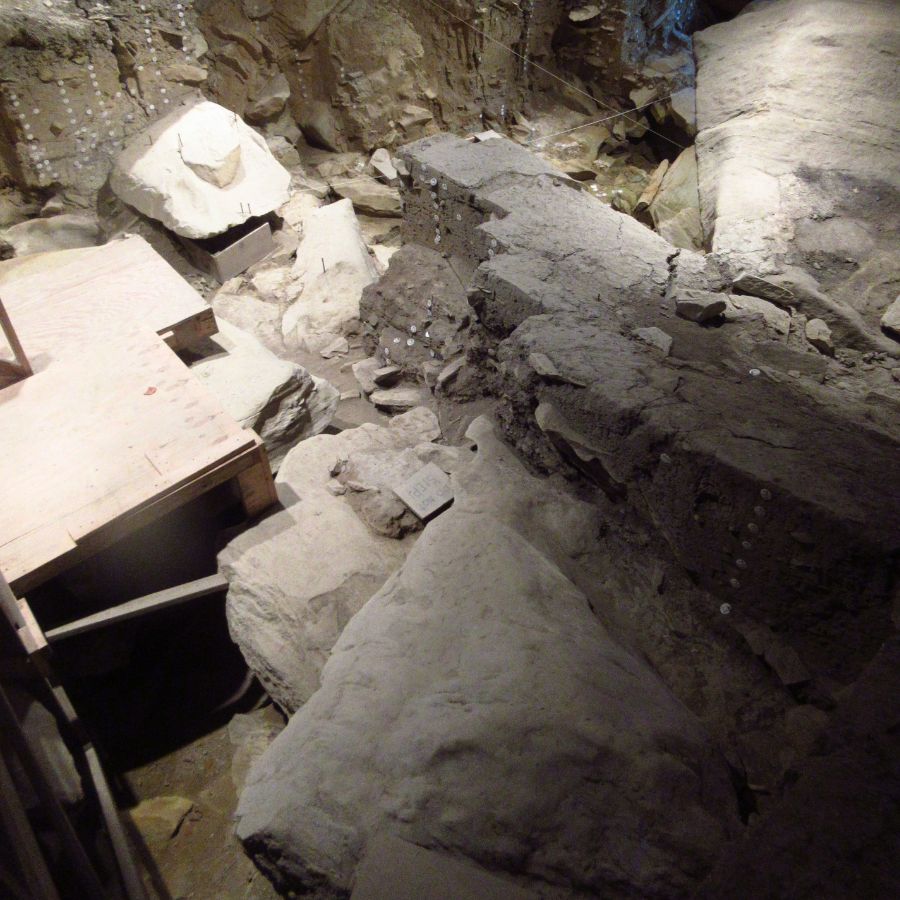
Meadowcroft Rockshelter, located near Avella, Pennsylvania, is a significant archaeological site that provides evidence of human habitation dating back over 19,000 years.
Discovered in 1955 by Albert Miller and excavated in the 1970s by Dr. James Adovasio, the site has yielded a wealth of artifacts, including stone tools, pottery fragments, and remains of ancient hearths.
These findings have challenged previous theories about the timeline of human migration into North America, suggesting that people inhabited the continent much earlier than once believed.
The site’s well-preserved stratigraphy has allowed researchers to study continuous human occupation over millennia, offering insights into the adaptation and survival strategies of early inhabitants.
How much the treasure would be worth today
As an archaeological site with historical artifacts, its scientific and educational value could be estimated at $10–20 million today.
The Mojave Nugget – $400,000+
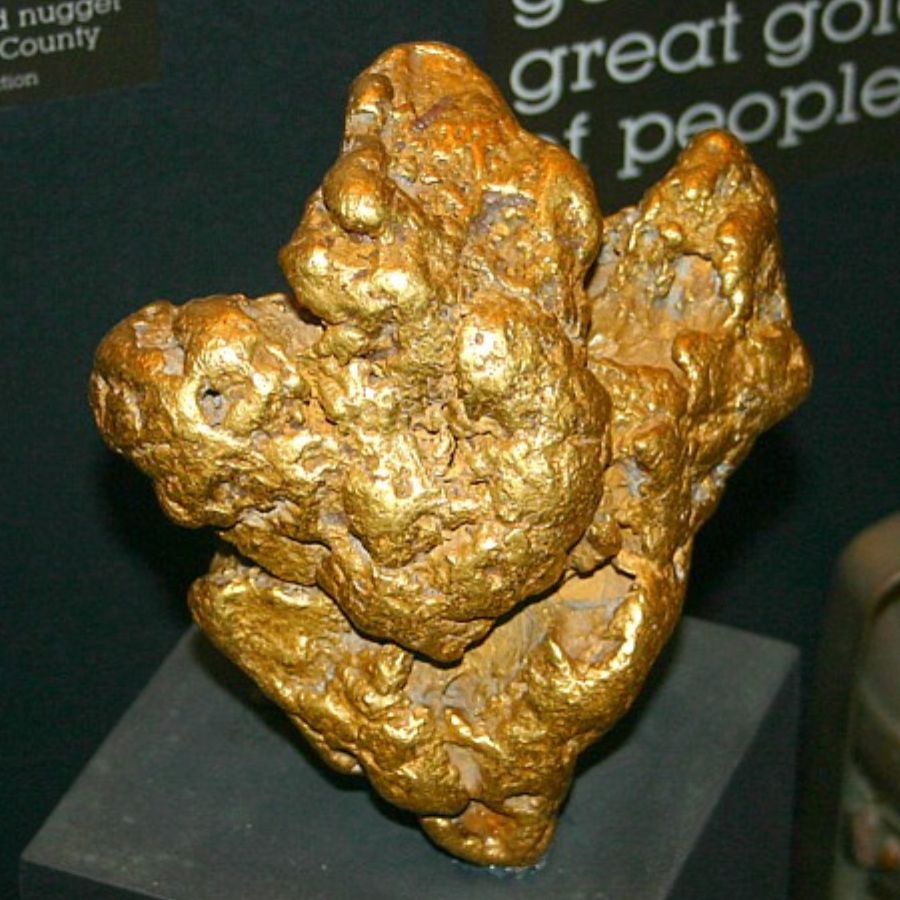
In 1977, prospector Ty Paulsen discovered the Mojave Nugget, the largest gold nugget found in California, weighing 156 troy ounces (approximately 4.9 kilograms). He found it in the Stringer district near Randsburg using a metal detector.
This impressive nugget is part of the Margie and Robert E. Petersen Collection, which was donated to the Natural History Museum of Los Angeles County. The collection includes 132 pieces of gold, totaling over 1,660 troy ounces (about 52 kilograms).
The Mojave Nugget remains a testament to the rich gold mining history of California and continues to attract interest from enthusiasts and visitors alike.
How much the treasure would be worth today
The Mojave Nugget, weighing 156 troy ounces, would be worth approximately $300,000 to $400,000 today.
The Spirit Cave Mummy – $10,000,000+
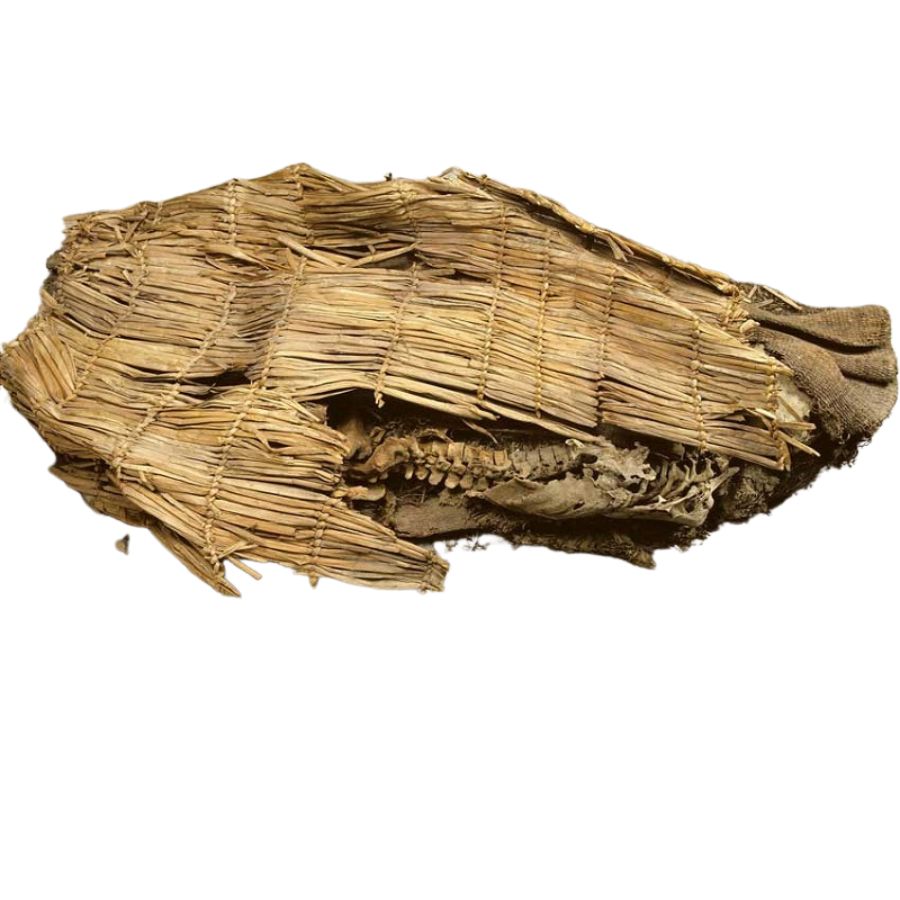
Discovered in 1940 by archaeologists Sydney and Georgia Wheeler, the Spirit Cave Mummy is one of the oldest human mummies found in North America, dating back approximately 9,400 years. The mummy was found in Spirit Cave, located near Fallon, Nevada, wrapped in tule matting.
Initial estimates suggested the remains were between 1,500 and 2,000 years old, but advanced radiocarbon dating techniques later revealed their true antiquity. The discovery has provided significant insights into the early inhabitants of the Great Basin region, including their burial practices and lifestyle.
In 2016, following DNA analysis that linked the remains to contemporary Indigenous populations, the mummy was repatriated to the Fallon Paiute-Shoshone Tribe.
How much the treasure would be worth today
As one of the oldest mummies in North America, it could be valued at $5–10 million.
Hoxie Farm Site – $5,000,000+

The Hoxie Farm Site, located on Thorn Creek in Thornton, Illinois, is an archaeological site associated with the Upper Mississippian Huber culture. Excavations conducted in the 20th century revealed a variety of artifacts, including pottery, stone tools, and evidence of structures.
The site also contained burial pits with human remains and associated grave goods, such as pottery vessels and copper beads.
Analysis of plant and animal remains indicates that the inhabitants practiced agriculture, cultivating crops like maize, and engaged in hunting and fishing.
How much the treasure would be worth today
The artifacts and cultural discoveries from the Mississippian culture could be estimated at $2–5 million.
Port Kennedy Bone Cave – $20,000,000+
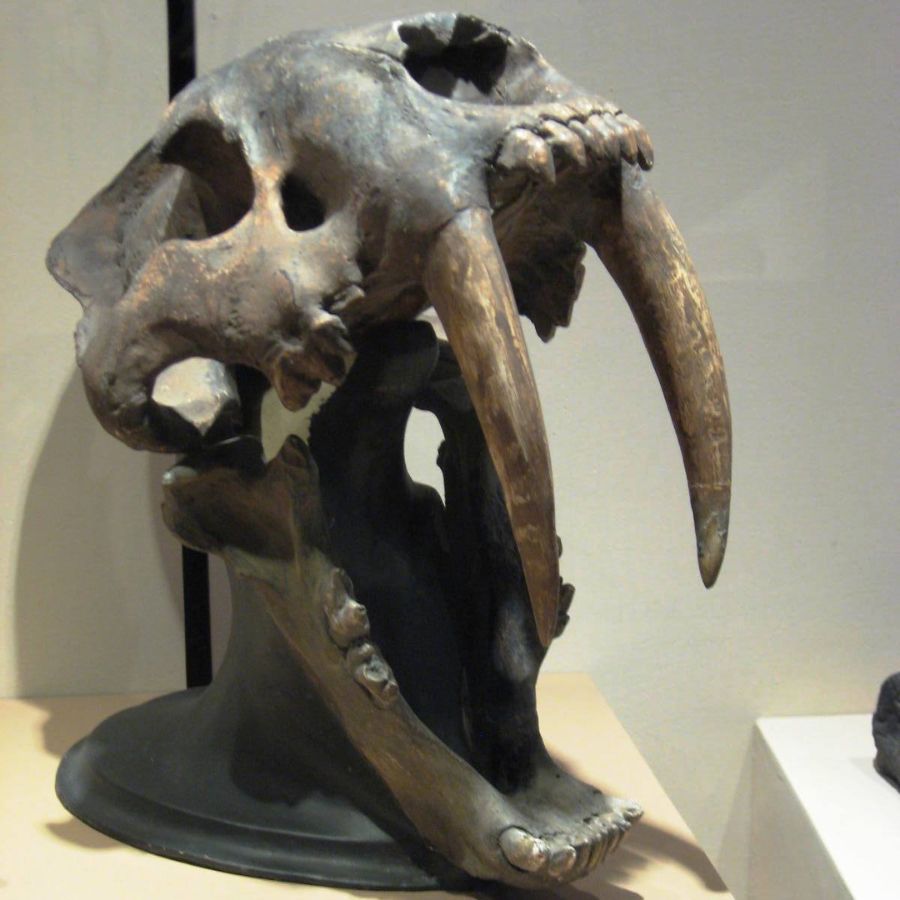
The Port Kennedy Bone Cave, located in Valley Forge National Historical Park, Pennsylvania, is a significant paleontological site. Discovered in the 19th century by limestone miners, the cave has yielded a rich collection of middle Pleistocene fossils.
Notable finds include remains of saber-toothed cats, mastodons, short-faced bears, and the unique Wheatley’s ground sloth. These discoveries have provided valuable insights into the prehistoric fauna that once inhabited the region.
Renowned paleontologists such as Edward Drinker Cope and Henry C. Mercer conducted early investigations of the site. Unfortunately, the cave was later filled with industrial waste, and its exact location was lost for decades.
In 2005, efforts by the National Park Service led to the rediscovery of the cave. Today, the site remains protected, offering researchers a priceless window into the region’s ancient past.
How much the treasure would be worth today
The fossils from Port Kennedy Bone Cave are invaluable to science, with an estimated worth of $10–20 million based on their scientific and educational significance.
Bank of New York Hoard – $10,000,000+
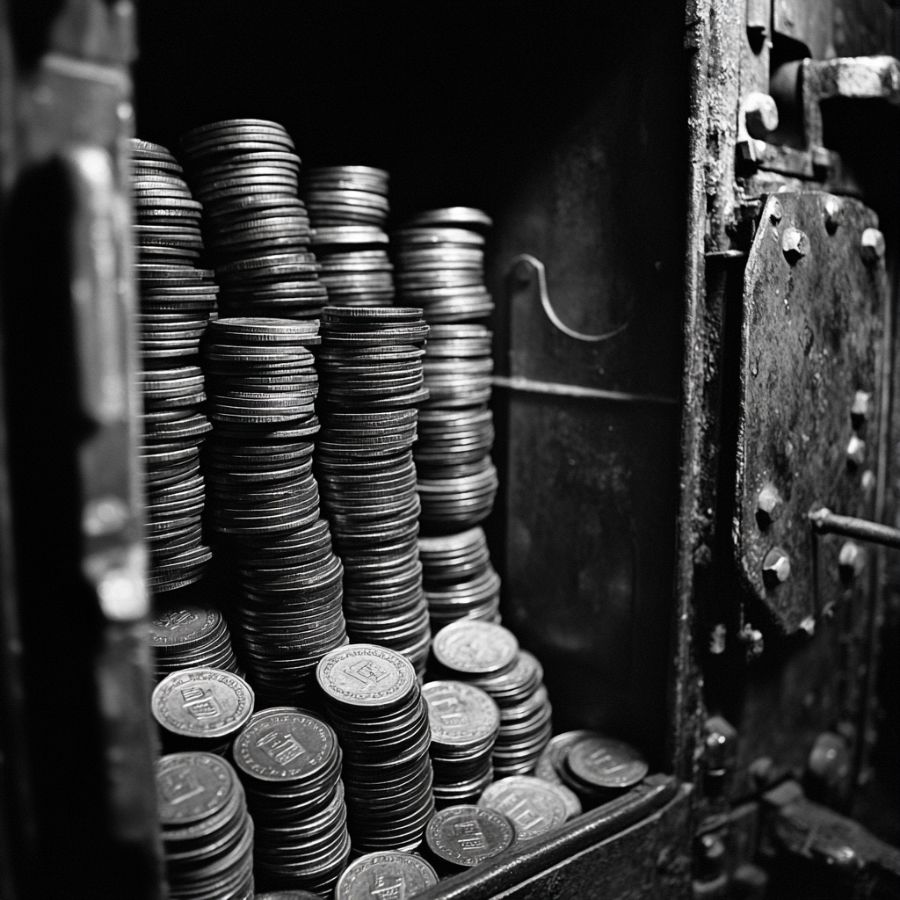
In 1788, the Bank of New York acquired a keg containing several thousand Fugio cents, the first official coins minted by the United States. Stored in the bank’s basement, the coins were forgotten until their rediscovery in 1856.
Upon this initial finding, the coins were placed in cotton bags and stored away again, only to be rediscovered in 1926. Many of these coins were in mint condition, having been preserved for decades.
The bank distributed some as souvenirs to clients, while others were examined by the American Numismatic Society. Today, individual Fugio cents from this hoard are highly sought after by collectors.
How much the treasure would be worth today
With several thousand coins originally discovered, the Bank of New York Hoard could be valued at $5–10 million today.
Fort Orange Artifacts – $5,000,000+
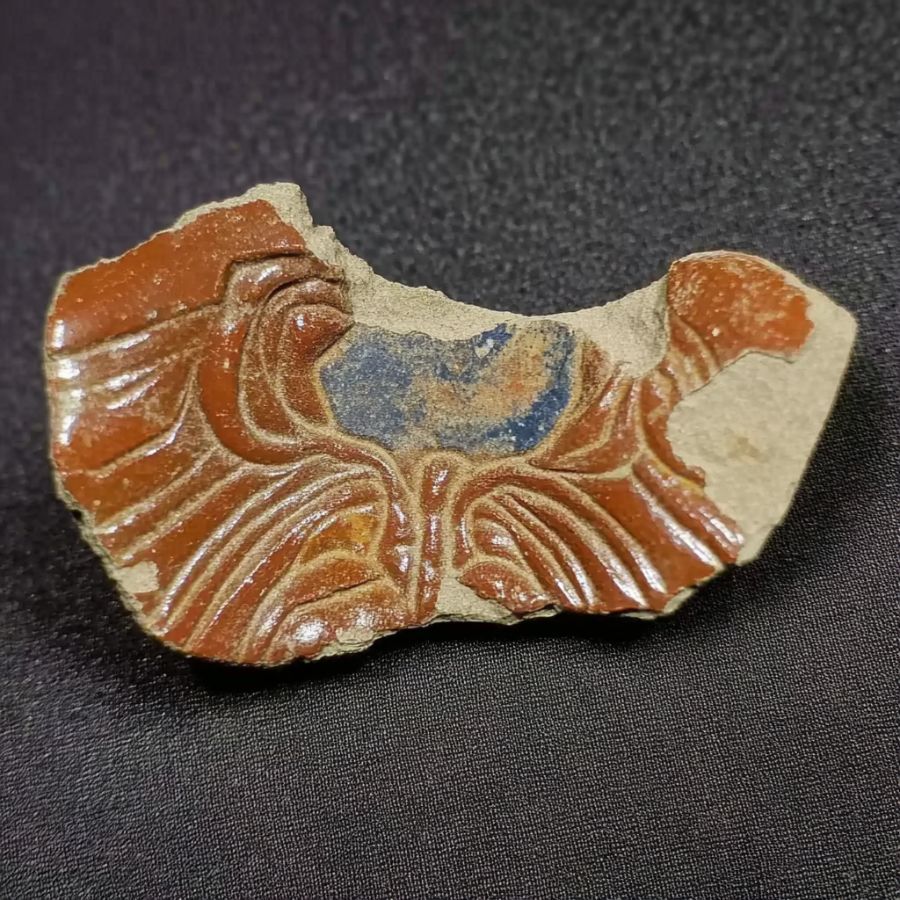
Fort Orange, established in 1624 near present-day Albany, New York, was the first permanent Dutch settlement in New Netherland. Archaeological excavations at the site have uncovered a wealth of artifacts, shedding light on early colonial life.
Items such as tobacco pipes, beads, and Delftware pottery have been unearthed, reflecting the daily activities and trade practices of the settlers. These artifacts provide insights into the interactions between the Dutch colonists and Indigenous peoples, as well as the transatlantic connections with Europe.
Preserved artifacts from the site are displayed in museums, offering the public a tangible connection to this formative period in American history.
How much the treasure would be worth today
The Fort Orange artifacts could be valued at $2–5 million, considering their importance to museums and collectors.
1715 Treasure Fleet – $400,000,000+
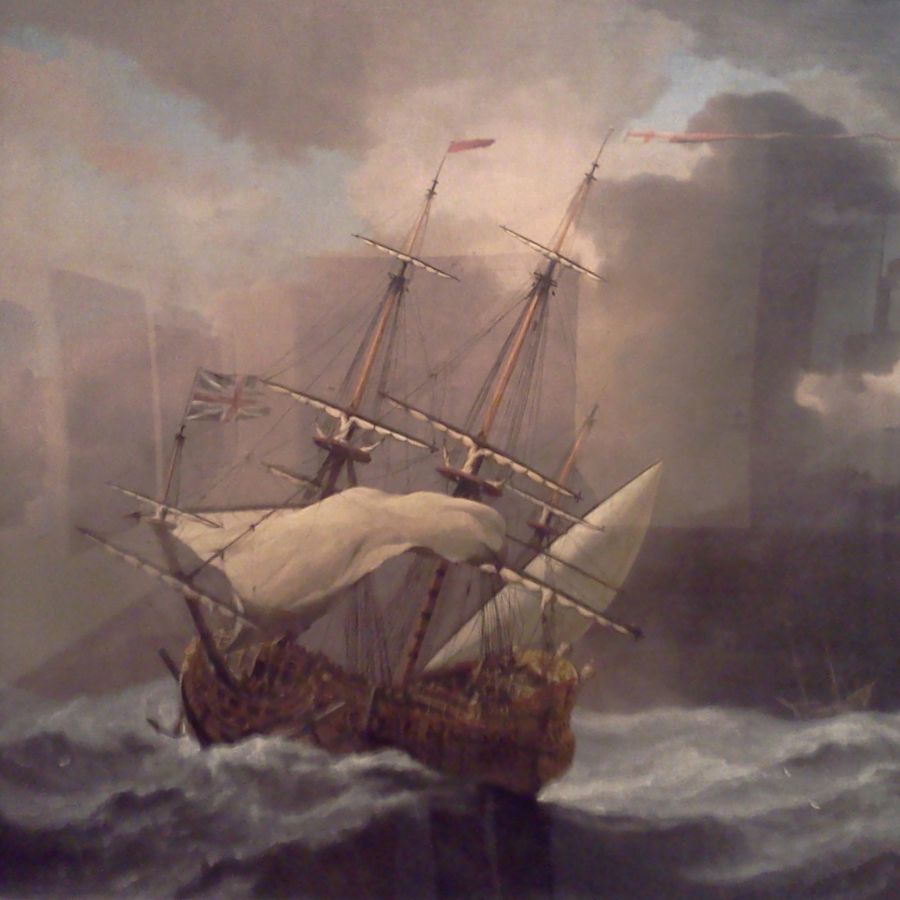
A fleet of Spanish ships laden with treasure from the New World set sail for Spain, in 1715. Tragically, the fleet encountered a hurricane off the coast of Florida, leading to the sinking of all eleven ships.
The cargo included vast amounts of gold, silver, and precious gems. Over the centuries, numerous salvage efforts have recovered portions of the treasure.
In 2015, treasure hunters discovered 101 gold coins from the fleet, with 37 of these coins, valued at over $1 million, being recovered by authorities in 2024 after being stolen.
The 1715 Treasure Fleet remains one of the most famous maritime disasters, with treasures still being discovered along Florida’s Treasure Coast.
How much the treasure would be worth today
The total value of the 1715 Treasure Fleet’s cargo is estimated to be $400 million, with portions still unaccounted for, making it a significant find for treasure hunters.
Columbian Mammoth Skull – $1,000,000+
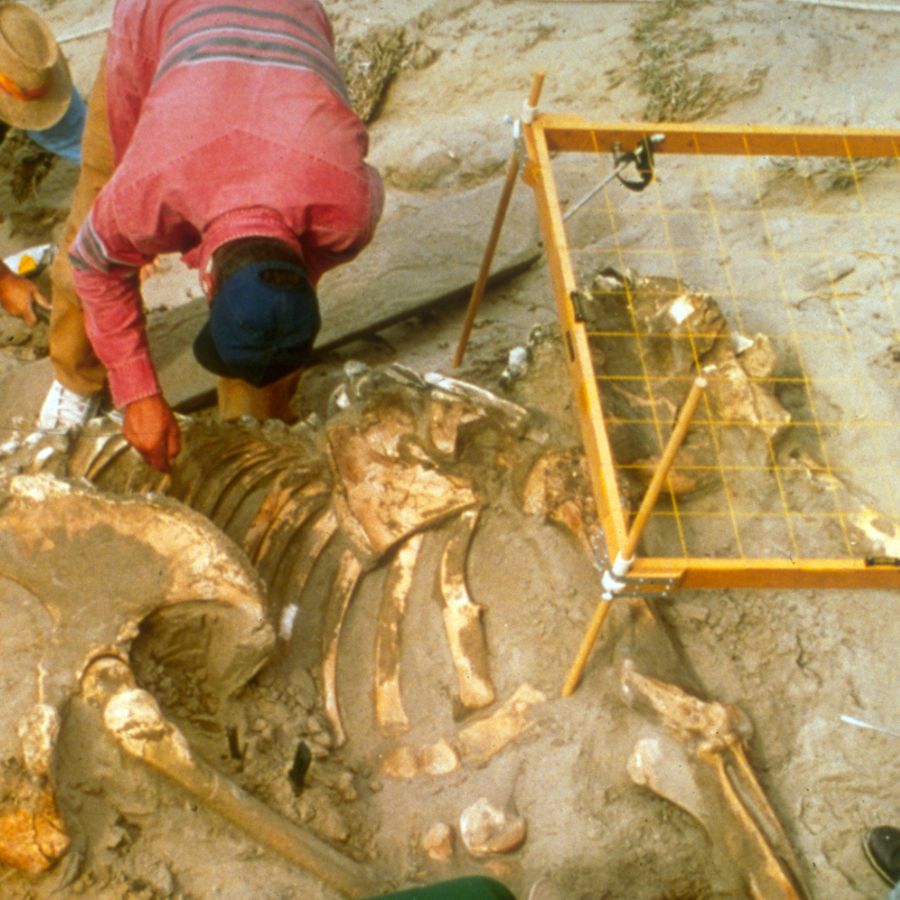
In 2025, a massive Columbian mammoth skull, dating back approximately 40,000 years, was unearthed in Ellis County, Texas. The discovery was made by a team of archaeologists conducting a routine survey of the area.
The Columbian mammoth, one of the largest mammoth species, roamed North America during the Pleistocene epoch. This particular skull is remarkably well-preserved, providing valuable insights into the species’ anatomy and the environment it inhabited.
Plans are underway to display the skull in a local museum, offering educational opportunities and a tangible connection to the region’s prehistoric past.
How much the treasure would be worth today
The Columbian mammoth skull could be valued at $500,000 to $1 million.

